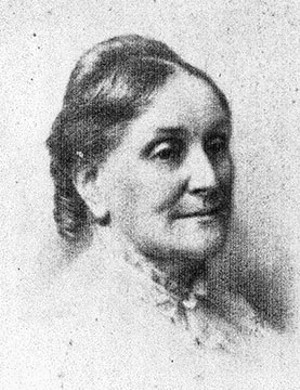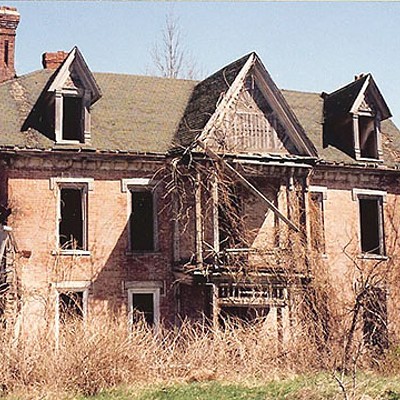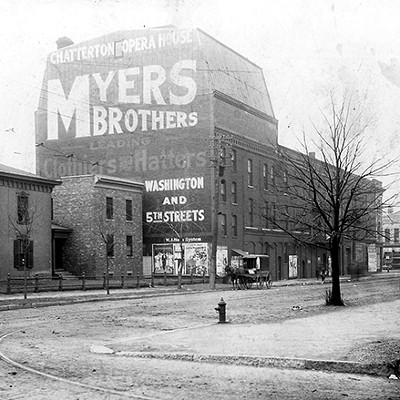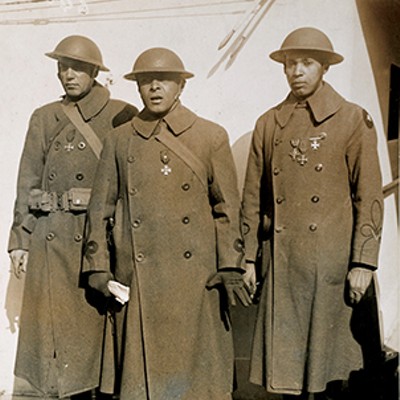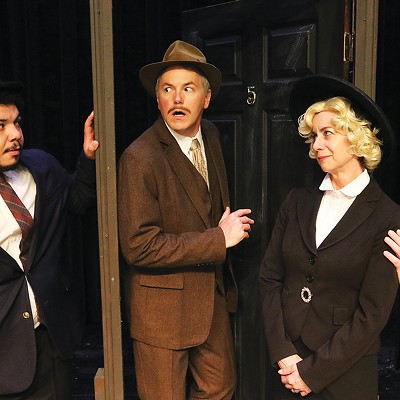Scarlet fever is an infection caused by the group A streptococcal bacteria (the same bacteria that causes strep throat). It is spread through contact with droplets from an infected person’s cough or sneeze. Although scarlet fever had been around since the days of Hippocrates, in the 19th century it suddenly began to occur in cyclic and often highly fatal urban epidemics.
Today the incidence of scarlet fever is low, and infections that do occur are easily treated with antibiotics. In the 19th century, however, scarlet fever was a scourge that struck terror in the hearts of parents everywhere. In his 1858 Essay on the Therapeutics and Pathology of Scarlet Fever, Dr. Caspar Morris acknowledged that the infection’s “very name is a signal of distress, and its introduction into the family circle is looked upon as the entrance of the angel of death with an irreprievable warrant to destroy.”
Scarlet fever presents with a high fever and sore throat and often includes the red rash and flushed face that give the infection its name. Treatment options in the 19th century were few and primitive. In an article that ran on Christmas Day, 1856, the Illinois State Register advised its readers to “take a rind of fat bacon and lubricate the little ones from head to foot” because “a well greased child never died from scarlet fever.” Another article in the same paper passed on advice from Dr. William Field of Delaware to have scarlet fever patients gargle with a mixture of brewer’s yeast and sweet water three times a day, which he claimed “will cure forty-five cases out of fifty.” Many medical advice manuals of the day still advocated bleeding and purging as viable treatment options.
Without adequate treatment, many cases of scarlet fever developed dangerous, often fatal complications such as rheumatic fever, pneumonia and kidney failure. Between 1840 and 1883, the mortality rate from scarlet fever reached 30 percent in the United States and Europe.
The disease hit Springfield in the early months of 1857, prompting parents to keep a close eye on their children. “I could not think of leaving while the scarlet fever is prevailing,” wrote Mary Stuart, noting that of their neighbors, “Mr Maxwell lost one child with it on Tuesday. There are two of their other children dangerously ill, and Mrs Maxwell has it herself. Willy Zimmerman has been very sick with it this week but is now better.”
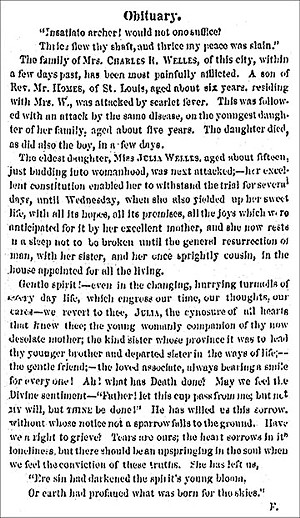
The first person to succumb to scarlet fever in her household was her daughter Helen, whom her mother described as a “remarkably light-hearted and sunny child” of nearly six years. Helen was sick for a few days before she took a turn for the worse and died on Jan. 11, 1857. The next day, 14-year-old Julia fell ill. On Jan. 14, her nephew Francis, visiting from St. Louis, also passed away from scarlet fever.
Julia’s illness raged for nine days, during which time she passed through periods of delirium. By Jan. 20 her throat was so swollen that her speech was impossible to understand. Her fever broke on Jan. 21, leading her family to hope that she might recover, but at 1:20 the next morning she passed away.
The last of the Welles children to die was also the first one to fall ill. Eight-year-old Mary contracted scarlet fever on Jan. 6. A few days after her Helen’s funeral, as Mary was rocking her fever-wracked daughter, the younger Mary gave a start and said “Oh! I thought that I was in heaven, and Father and Tommy and Johnnie and Helen were there.” After her cousin Frank and sister Julia died, Mary’s mother noted “her face assumed the most patient, resigned but mournful expression. She never smiled, but longed to go and be with those who had gone before her.” Dropsy set in, making her breathing so labored that she was forced to sit upright supported by pillows. Mary died on Jan. 28; she was the fourth child in the Welles household to die in as many weeks. Their gravestone is in Oak Ridge cemetery; its grim column of names a monument to the devastating threat that infectious disease posed to the children of 19th century Springfield.
Erika Holst is Curator of Collections at the Springfield Art Association.

